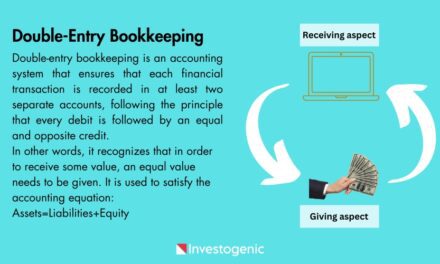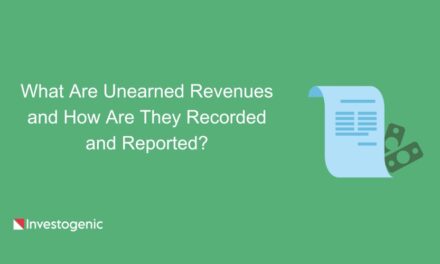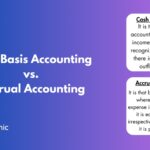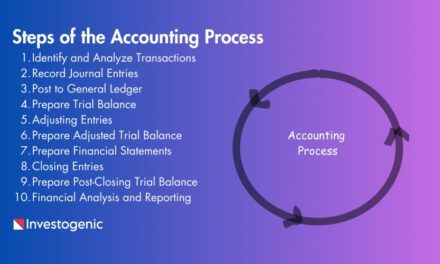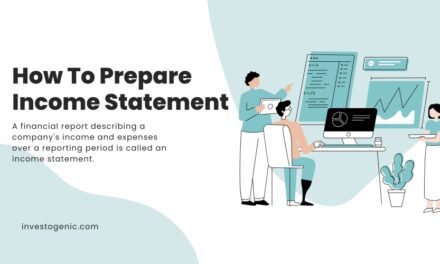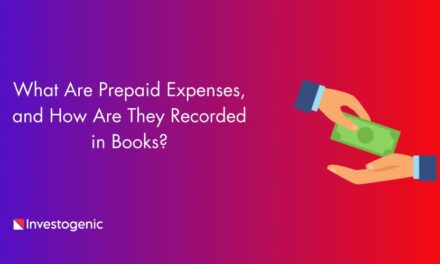
What is MSOD, and how is it prepared?
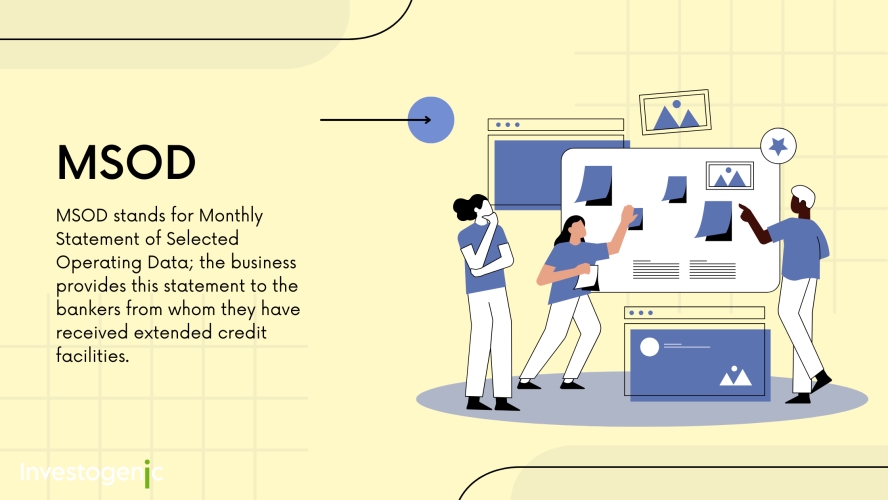
When a company, firm, or any business entity borrows money (a term loan, Working capital loan, Cash credit, etc.) from a bank, the company is required to submit data relating to operations at the end of the month. The statement that the business prepares to present this data is called MSOD.
What is MSOD?
MSOD stands for Monthly Statement of Selected Operating Data; the business provides this statement to the bankers from whom they have received extended credit facilities.
MSOD gives details of stock (component-wise) during the months, monthly production (quantity), Sales (Quantity and Value), short-term borrowings from banks and others, Receivables (Domestic and export), and sundry creditors.
This report is to be submitted in the format prescribed by the bank to keep the bank informed about the performance and status of the business unit.
What data is given in MSOD?
Generally, MSOD consists of data related to
- Detailed stock,
- Sales,
- Short-term bank borrowing,
- Receivables, and
- Creditors.
Purpose of MSOD
- MSOD gives vital performance figures for a business monthly to the bank.
- MSOD is a helpful tool for credit monitoring for the banker.
- To know the position of short-term bank borrowing against current assets built up and the extent of unpaid stock.
- To evaluate how long-term short-term funds and shenanigans are used.
Who is required to submit MSOD?
MSODs must be submitted by a borrower with a working capital limit of Rs 50 lakh and above.
How to prepare MSOD
As we all know, MSOD gives details of stock (component-wise) during the months, monthly production (quantity), Sales (Quantity and Value), short-term borrowings from banks and others, Receivables (Domestic and export), and sundry creditors.
We prepare MSOD in two parts. The first part contains a statement of stock valuation at the month’s end, and the other part includes data related to sales, Aged Sundry debtors, creditors, and short-term borrowing.
Format of MSOD
PART 1
NAME OF THE COMPANY
STATEMENT OF STOCK VALUATION AS ON 31.05.2023
| Material Details | Quantity | Amount |
|---|---|---|
| Raw Material | xx | xxx |
| Stores & Consumables | xxx | |
| Packing Material | xxx | |
| Semi Finished Goods | xx | xxx |
| Finished Goods | xx | xxx |
| Scrap | x | xx |
| Laboratory | xx | |
| Fuel | xx | |
| RND | xx | |
| GRAND TOTAL | xx | xxx |
PART 2
Current Operational Data: For May 2023
Name of the Borrower: “NAME OF THE COMPANY”
“ADDRESS OF THE COMPANY”
| Particulars | Amount | ||
|---|---|---|---|
| A | Estimate for the Current accounting Year as indicated in the annual plan. | ||
| 1 | Gross Sales | xxx | |
| 2 | Net Sales | xxx | |
| B | Sales | ||
| 1 | During the Current Month | xx | |
| 2 | During the Current accounting year upto the end of the | xx | |
| month | |||
| C | Sundry Debtors | ||
| Upto 90 Days | xxx | ||
| 91 to 120 Days | xxx | ||
| 121 to 180 Days | xx | ||
| Above 180 Days | x | ||
| LESS- | Advance From Customer | xx | xxx |
| D | Sundry Creditors for the purchase of outstanding | xx | |
| E | Short-term borrowing from the Banks | ||
| i) “BANK NAME” CC/OD Limit As on 31.05.2023 | xx | ||
| Total Short term borrowing | xx |
MSOD PART 1
Raw Material: It contains details about the raw materials at the end of the month. We take into account the quantity of raw material and its value.
Raw materials are materials used in the primary production or manufacturing of goods.
Stores & Consumables: It contains details about the Stores and Consumables at the end of the month. We take only the value of the Store and consumables.
Stores & Consumables are those goods other than the primary raw materials consumed during production. In other words, the things consume to support daily production activities.
Packing Material: It contains details about the Packing Material at the end of the month. We take only the value of the Packing Material. It is optional to report the quantity of the Packing Material.
Semi-Finished Goods: It contains details about the Semi-Finished Goods at the end of the month. We take into account the quantity of Semi-Finished Goods and their value.
Products that have already undergone some processing are referred to as semi-finished goods and are utilised as inventory inputs to produce completed goods.
Finished Goods: It contains details about the Finished Goods at the end of the month. We take into account the number of Finished Goods and their value.
Finished goods have completed all manufacturing steps and are currently available for sale.
Scrap: It contains details about the Scrap at the end of the month. We take into account the quantity of Scrap and its value.
Scrap comprises recyclable materials, most often metals, that are left over after a product is manufactured and consumed. Examples of scrap include automotive parts, building materials, and extra materials. Compared to waste, recovered metals are worth money, and non-metallic items are also recovered for recycling. After collecting, the materials are divided into different sorts; usually, mechanical procedures will be used to crush, shred, and sift metal scrap.
Laboratory: It contains details about the stock lying in the Laboratory at the end of the month. We take only the value of the Laboratory inventory.
Fuel: It contains details about the Fuel at the end of the month. We take only the value of the Fuel.
RND: It contains details about the stock lying in the RND (Research and Development) at the end of the month. We take only the value of the RND inventory.
MSOD PART 2
Part 2 of MSOD contains details regarding sales, Aged Sundry debtors, creditors, and short-term borrowing. We can prepare the second part of MSOD in four sections: A, B, C, and D.
A. Estimate for the Current accounting Year as indicated in the annual plan
In this section, we write the projected sales for the current accounting year. We represent gross and net sales separately for better understanding.
B. Sales
In this section, we write a sales figure for the current month and aggregate sales up to the end of the current month in the current financial year.
- Sales During the Current Month
- Sales During the Current accounting year up to the end of the month
C. Sundry Debtors
This section reports sundry debtors period-wise, for whom invoices are outstanding. After this, we subtract the advance amount received from the customer from the total debtors, due to which our Net Sundry Debtors come. For this, we classify our sundry debtors into different parts, As if
| Upto 90 Days | xxx | |
| 91 to 120 Days | xxx | |
| 121 to 180 Days | xx | |
| Above 180 Days | x | |
| Less: Advance From Customer | xx | xxx |
D. Sundry Creditors for the purchase of outstanding
This section reports the total amount owed to creditors as of the month’s end.
E. Short-term borrowing from the Banks
Short-term borrowing is a credit facility extended to entities to finance a shortage of cash. Examples include credit cards, bank overdrafts, trade credit, payday loans, etc.
The loan tenure varies based on the debt type. Many loans mature in 6–12 months, while others have a 1-2 years tenure.
The actual calculation of the maximum eligibility of Short-term borrowing from banks through MSOD
The bank provides loan facilities based on several factors, such as inventory, sales, receivables, and creditors of the entity.
Banks consider these factors to calculate the maximum eligibility for short-term loans.
- 90% of the month’s sales and
- 75% (Stock + Sundry Debtors + Sundry Creditors)
The lower of the two above will be the maximum short-term loan eligibility of the business.
















